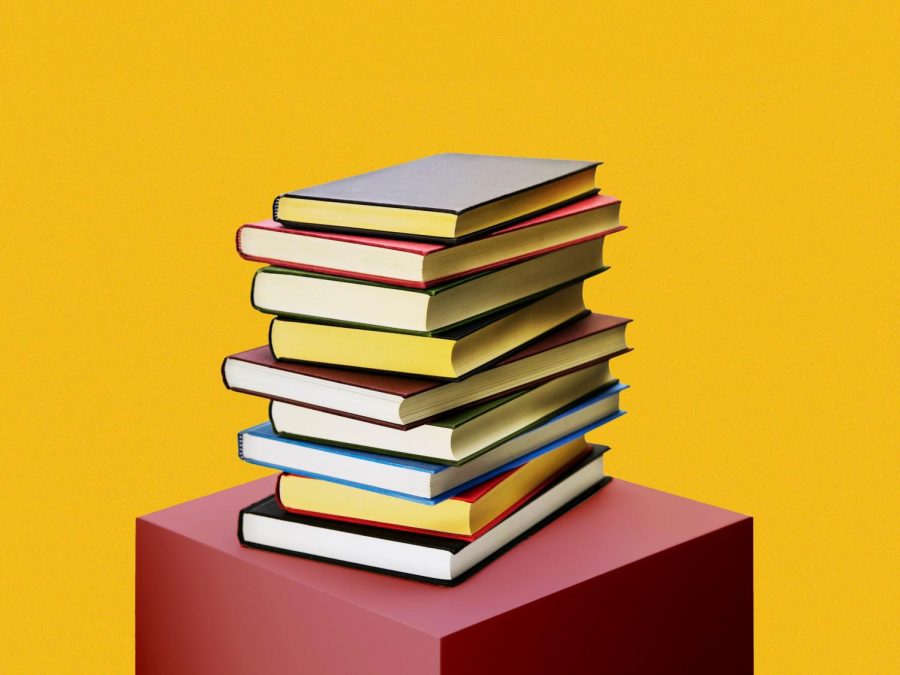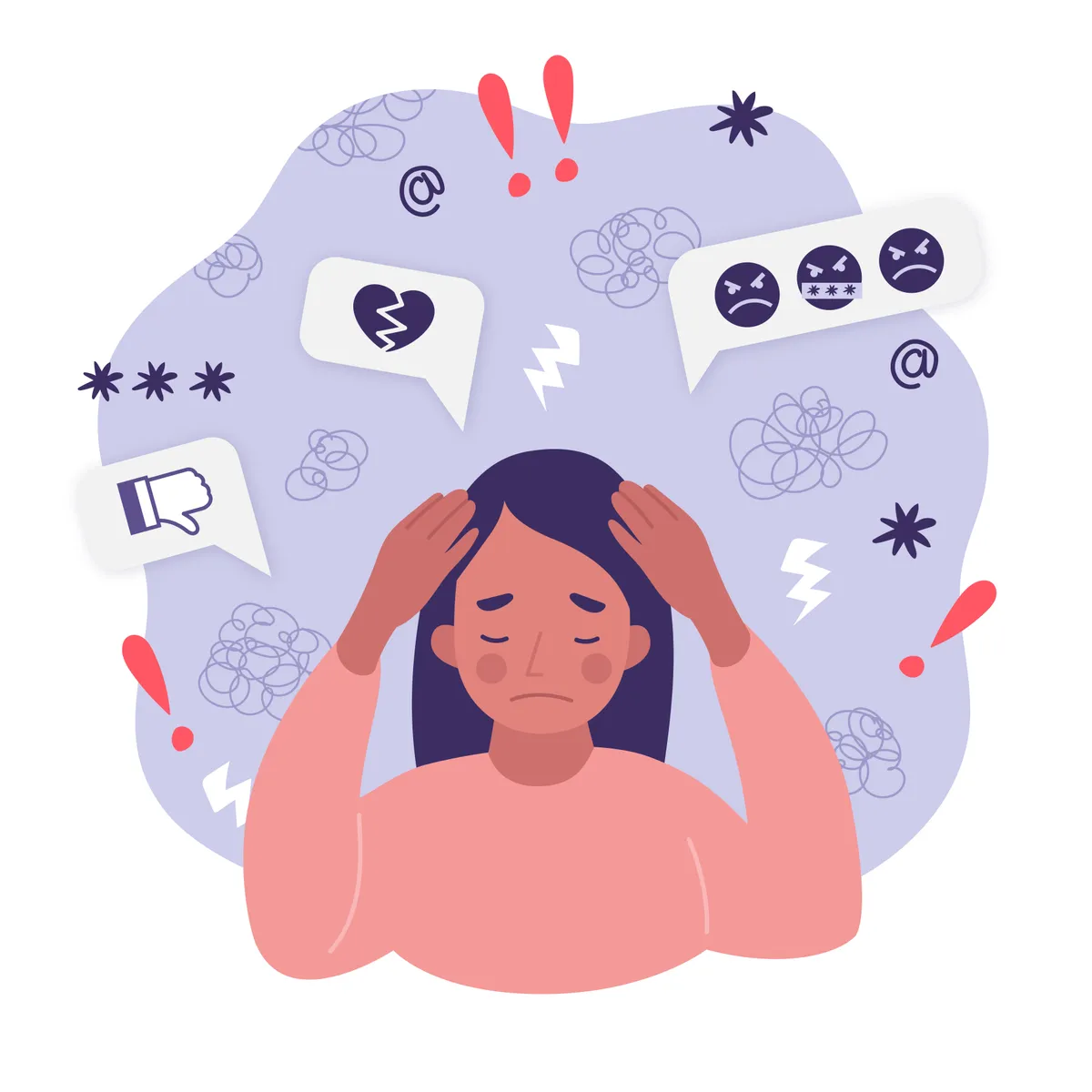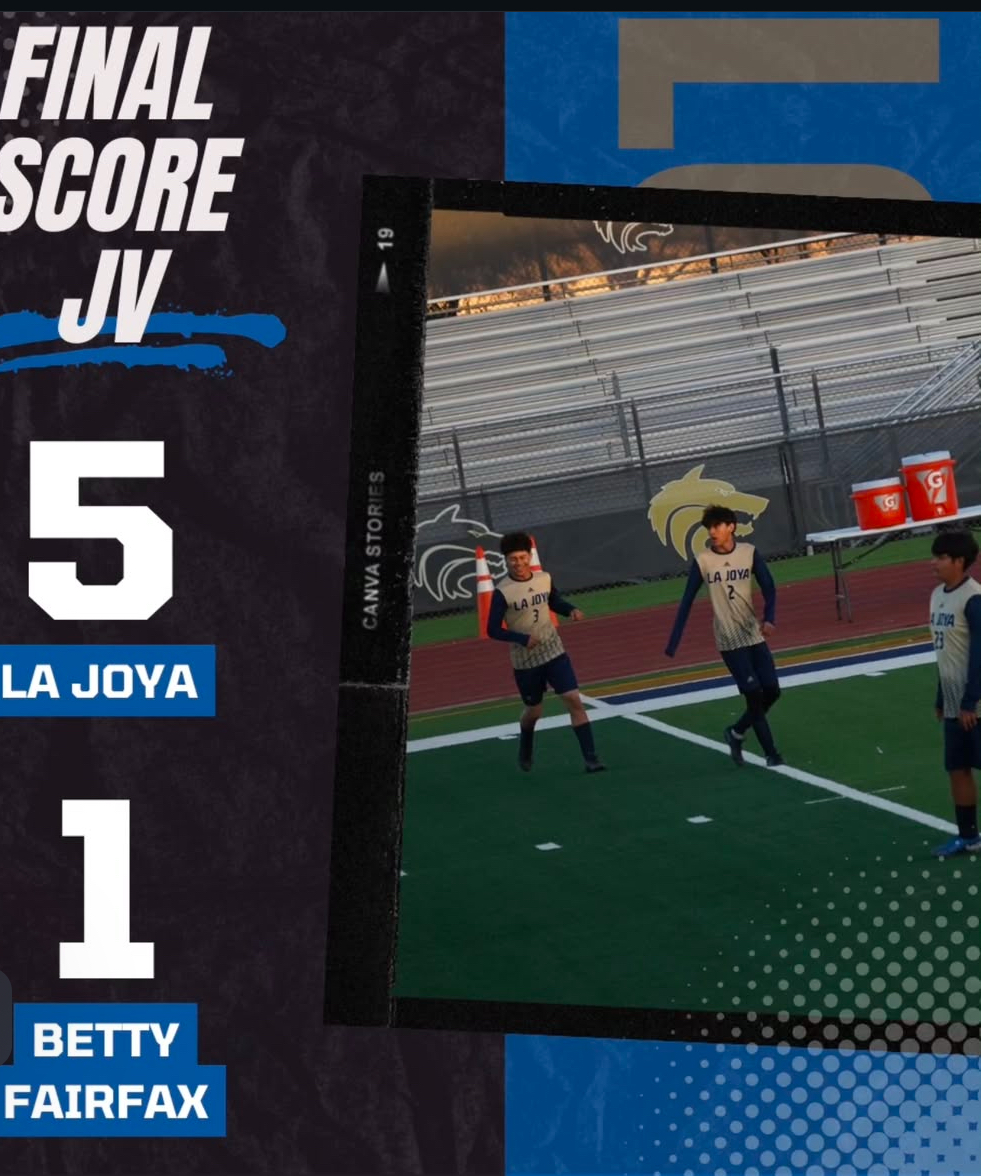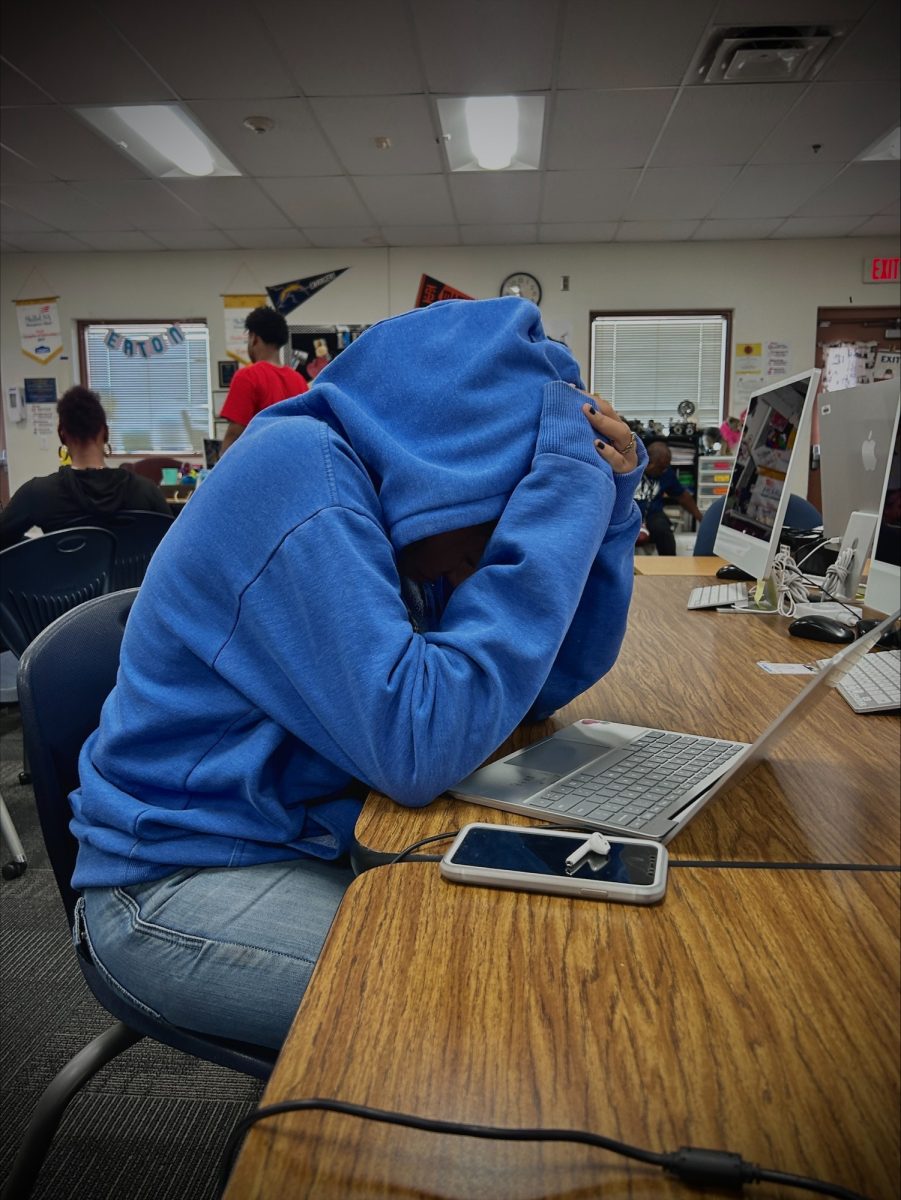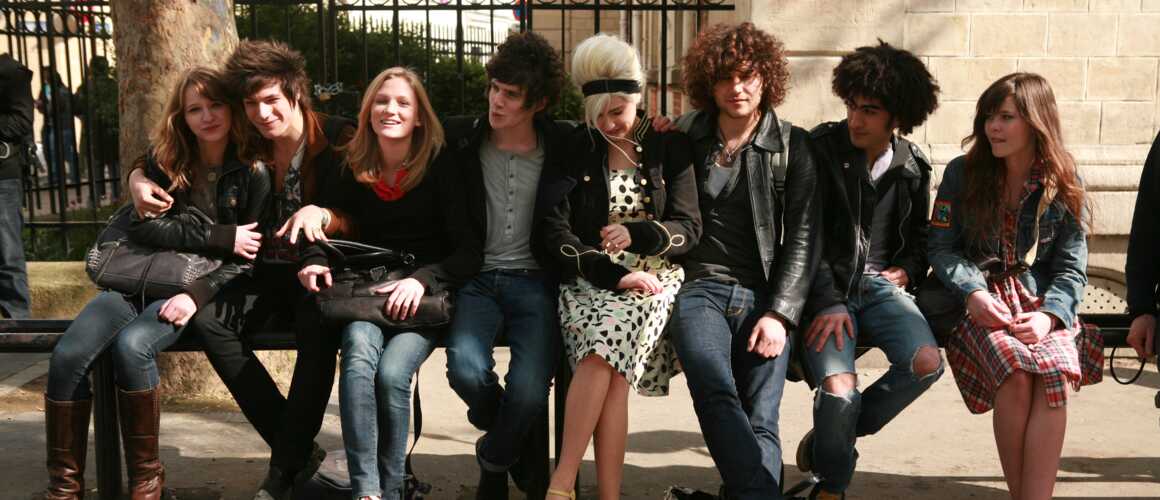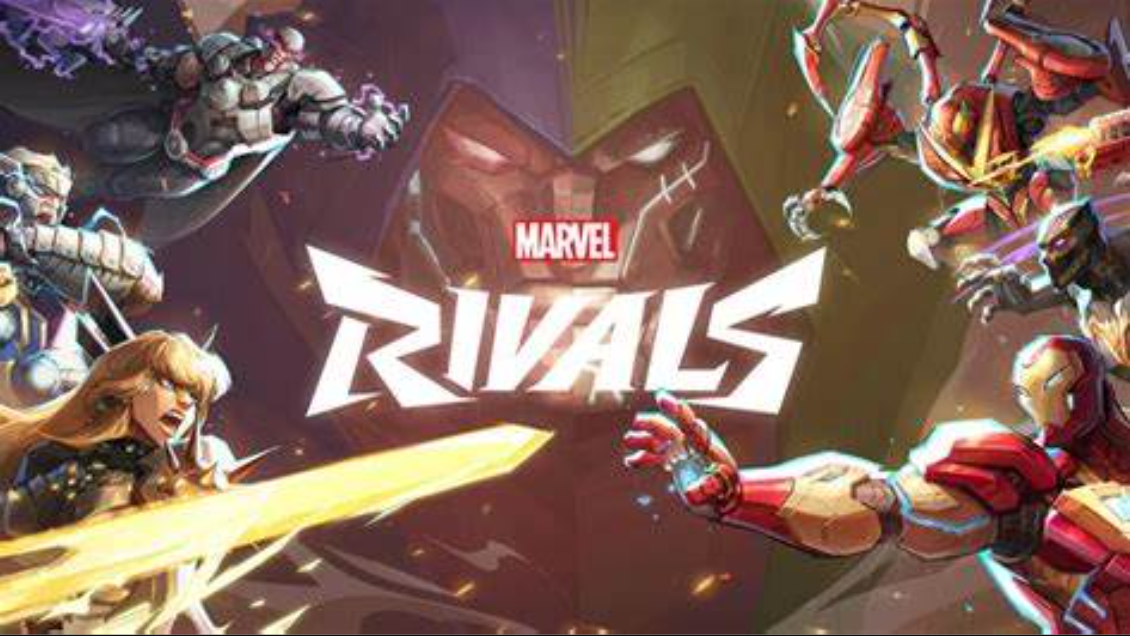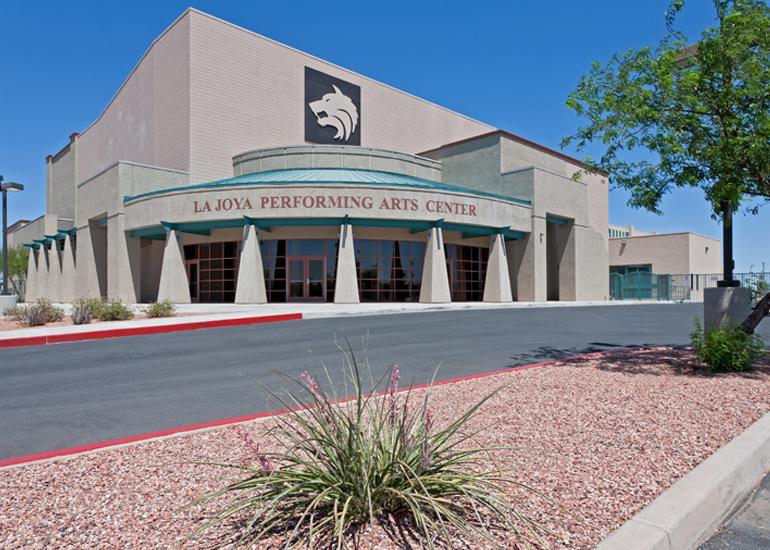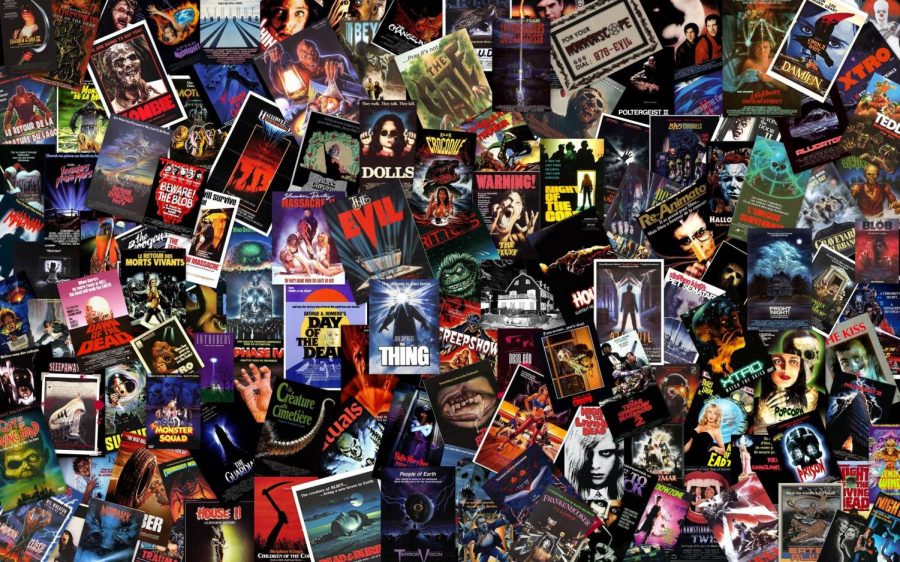AVONDALE- Within the four years of high school we spend at La Joya, we go through many novels, whether it be fiction, non-fiction, an assigned novel or one we read on our free time; are these novels overall best for students?

The forms of literature we read in school typically depend on the teacher a student has. High school teachers may have the class read one specific book, like The Scarlet letter which is being read in AP English classes, this being a prime example The Scarlet Letter is just one book the students of La Joya are reading, they read a variety of novels. Students encounter another book when they are faced with SSR, or silent sustained reading, in which they choose their own novel, but this may be what students love or dread. Students have different opinions on books, therefore they will always have an opinion on the novel they are assigned.
“I don’t enjoy reading the books we are assigned,” said Hailey Dominguez.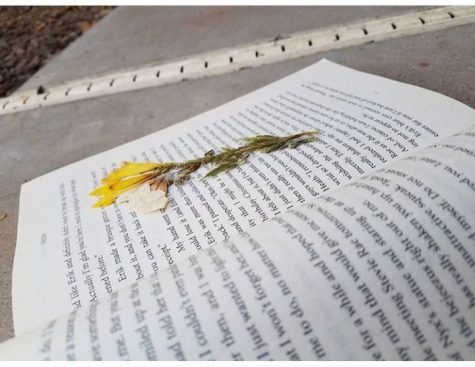
Negative or positive a voice should be heard. Throughout campus there are many different groups of people, we are intersectional but not with books. That is why students are voicing out there opinions on authors and genres that they think are being neglected.
“If you asked a student in our school what kind of books they read in their class they would normally say the classics, but what do a majority of student prefer? Well, I prefer the more modern books, the ones that we students can relate to. I should be reading something that can make me learn about what it’s like being a teen in modern time,” said Jessica Nguyen.
With this in mind it the different forms of literature can become more diverse with the help of the very influencers of this campus, teachers. Teachers can open up a variety of options if simply put their mind to it, it’s about diversity, not uniformity. If novels that were mandatory reading were more diverse students would love to read, and that is exactly what the goal is. Reading provides students with more than just reading skill.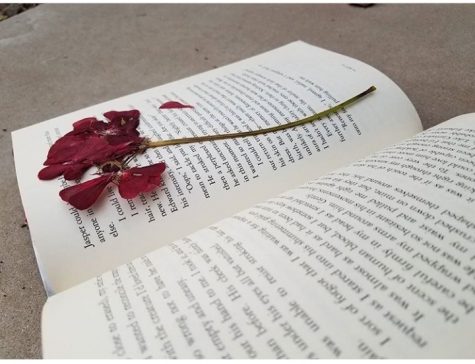
“Students in the top percentile (i.e., the top third) of reading skill answered 70 percent more math and science questions correctly than students in the bottom percentile, even on questions with low reading difficulty,” said School Leaders Now.


